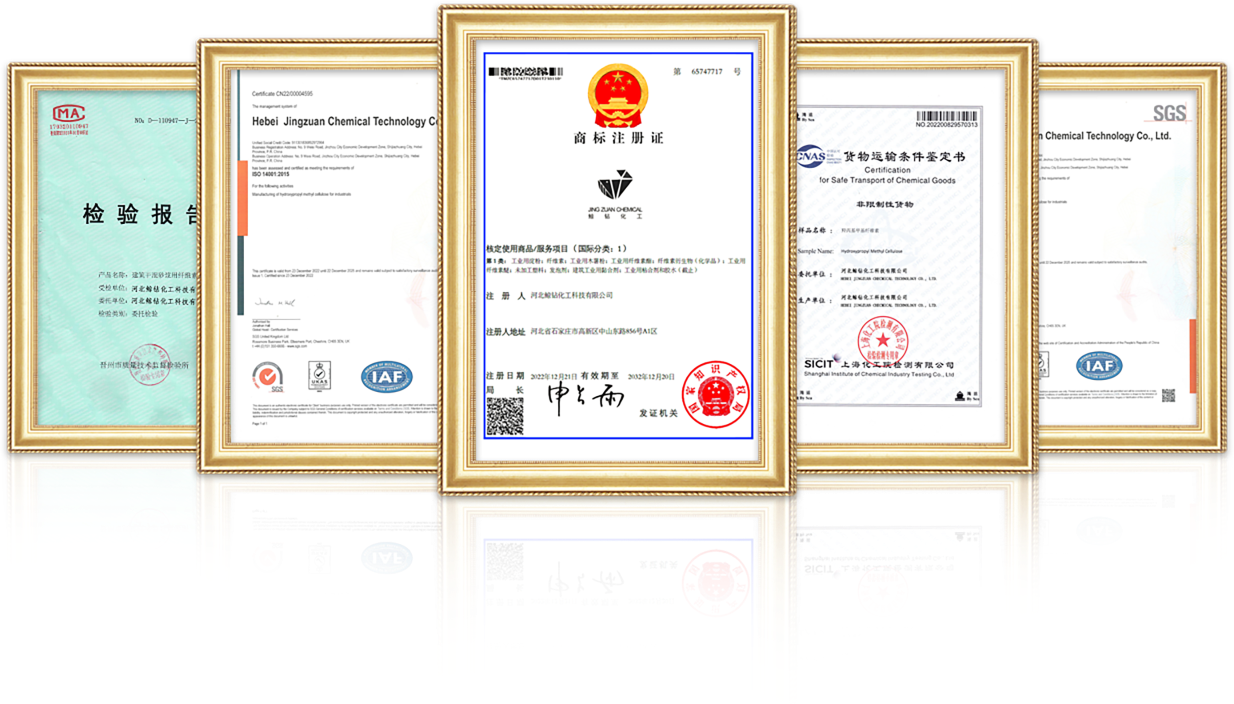
Dec . 10, 2024 20:33 Back to list
Exploring the Applications and Benefits of Cellulose and HPMC in Modern Industries
The Role of Cellulose and Hydroxypropyl Methylcellulose in Modern Applications
Cellulose, a natural polymer that is the primary structural component of the cell wall in green plants, has been a subject of interest for its myriad applications in various industries, from food to pharmaceuticals. Among its derivatives, Hydroxypropyl Methylcellulose (HPMC) has gained significant importance due to its unique properties and versatility. This article delves into the characteristics of cellulose and HPMC, their production processes, and their applications across different sectors.
Understanding Cellulose
Cellulose is composed of linear chains of β-D-glucose units linked together by β(1→4) glycosidic bonds. This arrangement confers a high degree of crystallinity and mechanical strength, making it insoluble in water and resistant to microbial degradation. The abundance of cellulose in nature makes it a cost-effective and sustainable resource for various applications.
To modify cellulose for specific uses, chemical treatments are employed to produce derivatives such as HPMC. HPMC is synthesized from cellulose through a process of etherification, where propylene oxide and methyl chloride react with cellulose to introduce hydroxypropyl and methyl groups. This modification enhances the solubility of cellulose in water, thereby expanding its range of applications.
Properties of Hydroxypropyl Methylcellulose
HPMC is a white, odorless powder that is non-toxic and bio-compatible. One of the most notable characteristics of HPMC is its ability to form stable gels and emulsions in aqueous solutions, which makes it a preferred ingredient in various formulations. The degree of substitution of the hydroxyl groups on the cellulose backbone affects the solubility and viscosity of HPMC.
Additionally, HPMC possesses properties such as thermal stability, good film-forming ability, and excellent adhesion, which have made it an essential component in many industries. It is also recognized for its ability to control the release of active ingredients in the pharmaceutical field, a characteristic that is particularly valuable in the development of sustained-release formulations.
celulosa hpmc

Applications of Cellulose and HPMC
1. Pharmaceuticals HPMC is widely used as a binder and excipient in tablet formulations. Its ability to control the release of drugs makes it an ideal candidate for creating extended-release medications. Additionally, HPMC can serve as a thickening agent in suspensions and as a film-coating agent for tablets.
2. Food Industry In the food sector, HPMC is utilized as a food additive, providing textural properties and improving the stability of emulsions and foams. It serves as a thickener and stabilizer in sauces, dressings, and baked goods. By enhancing the viscosity without contributing calories, HPMC offers a solution for formulating healthier food products.
3. Personal Care Products HPMC is incorporated into a variety of personal care products, including lotions, creams, and shampoos, where it acts as a thickener and film-former. Its sensory attributes contribute to the product's texture and application, enhancing the overall user experience.
4. Construction Industry In construction materials, HPMC is used as an additive in cement and gypsum-based products. It improves workability and water retention, which are critical for achieving desired properties in plaster and tiles.
5. Cosmetics HPMC’s film-forming capabilities make it valuable in the cosmetic industry, where it is used in products such as mascaras and eyeliners to provide long-lasting effects.
Conclusion
The versatility of cellulose and its derivative Hydroxypropyl Methylcellulose reflects the growing demand for sustainable and functional materials across various industries. As research progresses, new applications for HPMC continue to emerge, affirming its role as an indispensable component in modern formulations. With a focus on environmental sustainability, the utilization of natural polymers like cellulose and its derivatives is likely to expand, paving the way for innovations that benefit both industries and consumers alike.
-
Versatile Hpmc Uses in Different Industries
NewsJun.19,2025
-
Redispersible Powder's Role in Enhancing Durability of Construction Products
NewsJun.19,2025
-
Hydroxyethyl Cellulose Applications Driving Green Industrial Processes
NewsJun.19,2025
-
Exploring Different Redispersible Polymer Powder
NewsJun.19,2025
-
Choosing the Right Mortar Bonding Agent
NewsJun.19,2025
-
Applications and Significance of China Hpmc in Modern Industries
NewsJun.19,2025







